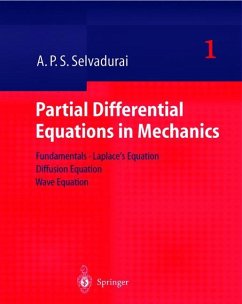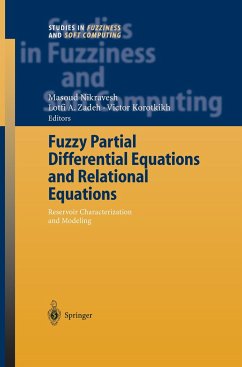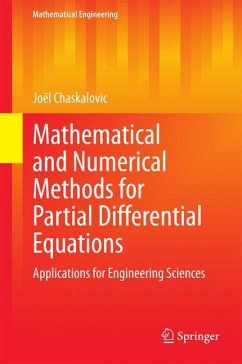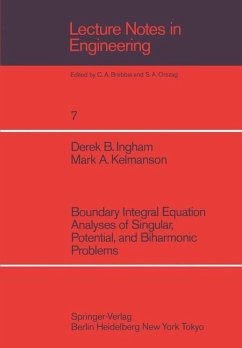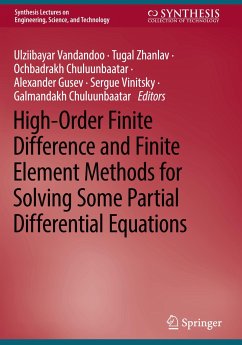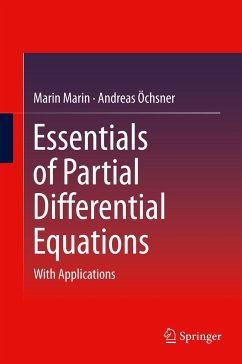
The Biharmonic Equation, Poisson's Equation / Partial Differential Equations in Mechanics Vol.2

PAYBACK Punkte
0 °P sammeln!
The two-volume work mainly addresses undergraduate and graduate students in the engineering sciences and applied mathematics. Hence it focuses on partial differential equations with a strong emphasis on illustrating important applications in mechanics. The presentation considers the general derivation of partial differential equations and the formulation of consistent boundary and initial conditions required to develop well-posed mathematical statements of problems in mechanics. The worked exampleswithin the text and problem sets at the end of each chapter highlight engineering applications. The mathematical developments include a complete discussion of uniqueness theorems and, where relevant, a discussion of maximum and miniumum principles. The primary aim of these volumes is to guide the student to pose and model engineering problems, in a mathematically correct manner, within the context of the theory of partial differential equations in mechanics.
"For he who knows not mathematics cannot know any other sciences; what is more, he cannot discover his own ignorance or find its proper remedies. " [Opus Majus] Roger Bacon (1214-1294) The material presented in these monographs is the outcome of the author's long-standing interest in the analytical modelling of problems in mechanics by appeal to the theory of partial differential equations. The impetus for wri ting these volumes was the opportunity to teach the subject matter to both undergraduate and graduate students in engineering at several universities. The approach is distinctly different to that which would adopted should such a course be given to students in pure mathematics; in this sense, the teaching of partial differential equations within an engineering curriculum should be viewed in the broader perspective of "The Modelling of Problems in Engineering" . An engineering student should be given the opportunity to appreciate how the various combination of balance laws, conservation equa tions, kinematic constraints, constitutive responses, thermodynamic restric tions, etc. , culminates in the development of a partial differential equation, or sets of partial differential equations, with potential for applications to en gineering problems. This ability to distill all the diverse information ab out a physical or mechanical process into partial differential equations is a par ticular attraction of the subject area.



